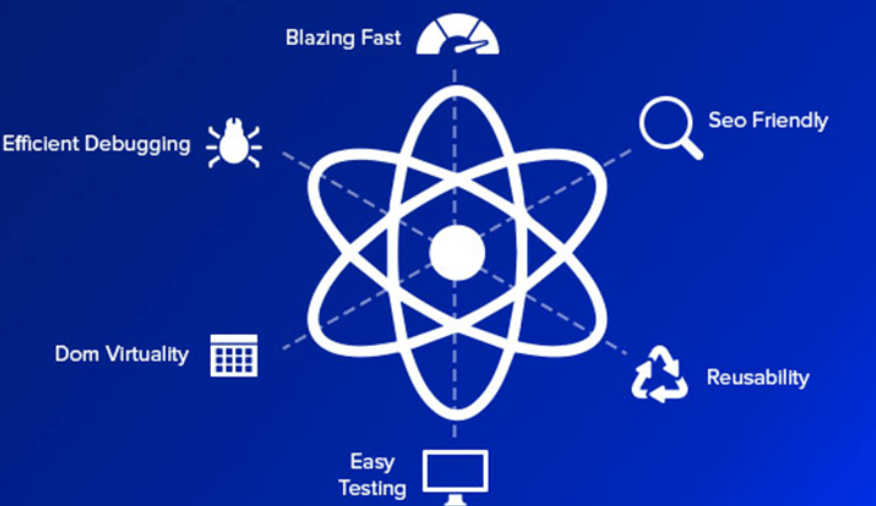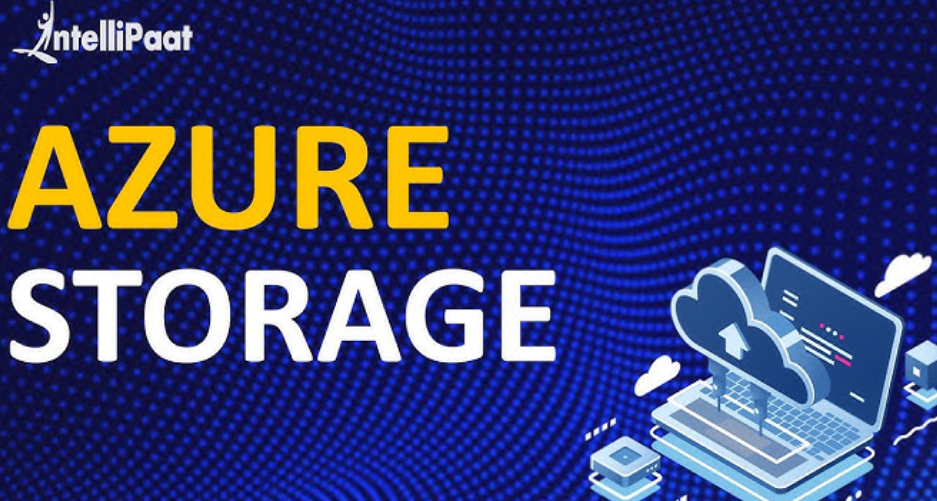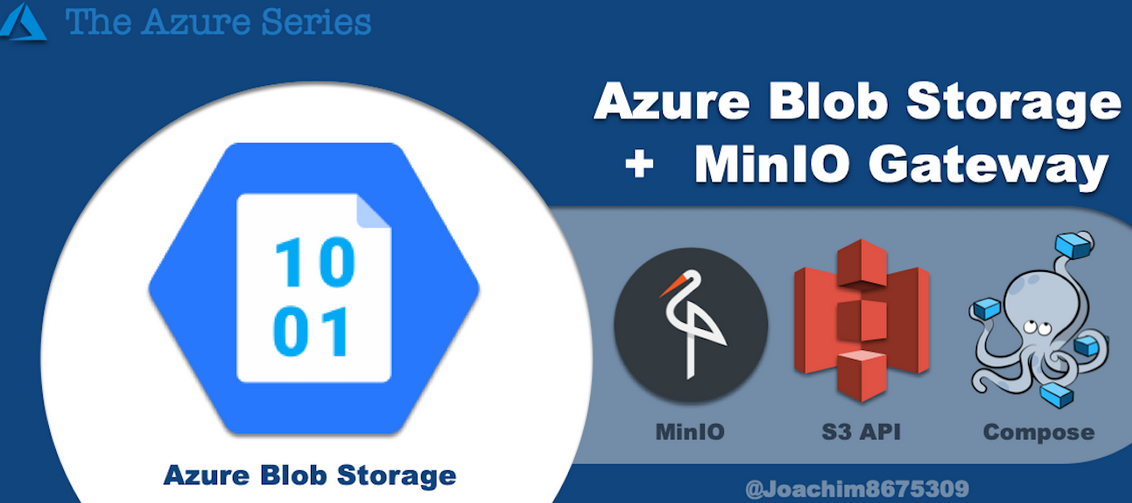10 July, 2024
0 Comments
3 categories
Optimization strategies
Optimizing your AWS security services doesn’t necessarily mean cutting corners or compromising on security. Here are some strategies to manage costs effectively:
- Rightsize your services: AWS offers various pricing options for its services. Make sure you choose the one that aligns with your usage patterns. For example, Inspector offers assessment-based pricing, so you only pay for the assessments you run.
- Leverage free tiers: AWS offers free tiers for services such as Config, GuardDuty, and Secrets Manager. Utilize these to your advantage before committing to higher-cost plans, especially during the initial phases.
- Use VPC endpoints: As mentioned in the Data flows and security section earlier, using VPC endpoints can enhance security by keeping traffic within your AWS environment. While not their primary purpose, they may also help in reducing data transfer costs in certain scenarios.
- Centralize billing: By centralizing billing in your organization, you can take advantage of volume discounts and better manage reserved instances across your organization.
- Monitor and alert: Set up CloudWatch alarms to notify you when spending exceeds predefined thresholds. This can help you take timely action to prevent cost overruns.
Aligning compliance and governance
Navigating the complex landscape of compliance standards and governance frameworks is a critical aspect of any organization’s security strategy. The challenge is even more pronounced in cloud environments, where data and services are often distributed across multiple regions and accounts.
Compliance alignment
AWS offers a suite of security services that can be instrumental in helping organizations meet various compliance standards while making audits less cumbersome and more efficient. Here are a few examples of how key services can contribute to compliance:
- GuardDuty for GDPR: GuardDuty’s continuous monitoring capabilities can be a cornerstone for GDPR compliance. It helps in identifying unauthorized or anomalous activities that could indicate a data breach, thereby fulfilling GDPR’s requirement for timely breach notifications.
- Macie for HIPAA: Macie’s data classification and discovery features can be invaluable for healthcare organizations that need to comply with HIPAA. It can automatically identify personal health information (PHI) stored in S3 buckets and alert administrators to any unauthorized access.
- Config for PCI DSS: For organizations that handle credit card transactions, Config can monitor changes to resources and ensure they align with PCI DSS requirements. It can track changes to security groups, network access control lists (NACLs), and VPC settings, providing an audit trail that can be reviewed during compliance checks.
- Security Hub for multiple standards: Security Hub aggregates findings from various AWS services and third-party tools, providing a comprehensive view of your security and compliance status. It offers built-in checks for standards such as CIS Benchmarks and NIST, making it easier to align with multiple compliance requirements.



